Booking a fitness class or a wellness appointment used to mean endless phone calls and missed opportunities. Now, nearly 70 percent of clients prefer booking their sessions online, even outside regular hours. That might sound like technology is just making things easier, but there is an unexpected shift happening. These online booking systems are not just about convenience. They are quietly transforming how fitness professionals run their entire business and connect with clients in ways that were never possible before.
Table of Contents
- Defining Online Booking Systems: What Are They?
- Importance Of Online Booking Systems In Wellness Business
- How Online Booking Systems Work: Key Components
- Benefits And Challenges Of Using Booking Systems
- The Future Of Online Booking Systems In Fitness Industry
Quick Summary
| Takeaway | Explanation |
|---|---|
| Streamline scheduling with online systems | Online booking systems automate reservations and simplify scheduling, enhancing operational efficiency for wellness professionals. |
| Enhance client experience and satisfaction | These systems offer 24/7 access, allowing clients to book appointments anytime, improving their overall satisfaction and engagement. |
| Reduce administrative workload | By automating processes like confirmation and payment, these systems allow professionals to focus more on service delivery rather than administration. |
| Integrate advanced technologies for growth | Future online booking systems will likely use AI and IoT for personalised client experiences and improved operational insights. |
| Address potential implementation challenges | Businesses must consider technical dependencies and privacy concerns when adopting these systems to maintain quality client relationships. |
Defining Online Booking Systems: What Are They?
Online booking systems represent digital platforms that transform how businesses and clients manage reservations and appointments. These sophisticated software solutions enable seamless scheduling, allowing users to book services, classes, or resources directly through internet-connected devices.
Core Functionality of Online Booking Systems
At their fundamental level, online booking systems are digital tools designed to automate scheduling processes. Research from digital transformation experts indicates these platforms provide comprehensive functionalities that replace traditional manual booking methods.
Key components typically include:
- Real-time availability tracking
- Instant reservation confirmation
- Automated client communication
- Secure payment processing
- Calendar synchronisation
Understanding the Digital Reservation Mechanism
The underlying mechanism of online booking systems involves multiple interconnected technological processes. When a client accesses the platform, they interact with a user-friendly interface displaying available time slots, service options, and pricing. The system instantly checks existing reservations, validates availability, and generates a booking confirmation.
Technical Architecture
These systems integrate multiple technological components: customer-facing interfaces, backend databases, payment gateways, and communication protocols. Digital scheduling research demonstrates how these platforms create efficient, transparent booking experiences across various industries.
For fitness instructors and class providers, online booking systems represent more than just scheduling tools. They are comprehensive business management solutions that streamline administrative tasks, reduce manual workload, and provide professional, modern booking experiences for clients.
Importance of Online Booking Systems in Wellness Business
Online booking systems have become essential strategic tools for wellness businesses, transforming how fitness instructors, yoga teachers, and health professionals manage client interactions and operational efficiency. These digital platforms offer more than simple scheduling capabilities.
Revenue and Operational Optimization
Wellness businesses face significant challenges in managing client bookings and maximizing revenue potential. Research from the Health & Fitness Association highlights that inefficient booking systems directly impact financial performance and customer retention.
Key financial advantages include:
- Reduced administrative overhead
- Minimised booking errors
- Enhanced revenue tracking
- Improved resource allocation
- Automated payment processing
Client Experience and Engagement
Modern wellness clients expect convenient, flexible booking experiences. Online systems provide 24/7 accessibility, allowing clients to schedule classes, appointments, or services from any device. This convenience significantly improves client satisfaction and encourages repeat business.
Digital Transformation Impact
The integration of digital booking platforms represents a critical evolution in wellness business management. By streamlining administrative processes, these systems enable instructors to focus more on delivering high-quality services rather than managing complex scheduling logistics.
The strategic implementation of online booking systems goes beyond mere technological convenience. They represent a comprehensive approach to business management, providing wellness professionals with powerful tools to enhance operational efficiency, improve client relationships, and drive sustainable business growth.
How Online Booking Systems Work: Key Components
Online booking systems are sophisticated technological ecosystems that integrate multiple digital components to create seamless reservation experiences. These platforms function through interconnected modules designed to simplify scheduling and enhance user interactions.
User Interface and Navigation
Research from the University of Nebraska-Lincoln reveals that the user interface represents the critical first point of interaction in online booking systems. This digital gateway allows clients to explore available services, view schedules, and complete reservations with minimal friction.
Key interface characteristics include:
- Intuitive design and layout
- Clear service descriptions
- Real-time availability display
- Mobile responsiveness
- Simple navigation paths
Backend Management Mechanisms
Behind the user-friendly interface lies a complex backend infrastructure managing multiple simultaneous processes. This technological framework handles critical functions such as availability tracking, reservation confirmation, and client data management.
Technical Infrastructure
The backend system coordinates several essential components: scheduling algorithms, database management, payment processing, and automated communication protocols. These integrated systems work synchronously to ensure accurate, reliable booking experiences.
The following table outlines key components of online booking systems, distinguishing between features visible to end-users and those managed on the backend, as referenced in the article.
| Component | User Interface Example | Backend Function Example |
|---|---|---|
| Availability Display | Real-time schedule shown to client | Algorithm checks and updates availability |
| Service Descriptions | Clients read service/class details | Database stores and manages offerings |
| Booking Confirmation | Instant notification to user | System validates and reserves slot |
| Payment Processing | Secure online payment options | Integration with payment gateway |
| Automated Communication | Appointment reminders sent to clients | System triggers SMS/email notifications |
| Calendar Synchronisation | Client adds session to personal calendar | Syncs with provider’s calendar/inventory |

Online booking platforms represent more than simple scheduling tools. They are comprehensive digital ecosystems that transform how businesses manage client interactions, providing robust, efficient solutions for modern service providers across various industries.
Benefits and Challenges of Using Booking Systems
Online booking systems present a complex landscape of opportunities and potential limitations for wellness businesses. Understanding these nuanced dynamics helps professionals make informed technological investments that align with their operational goals.
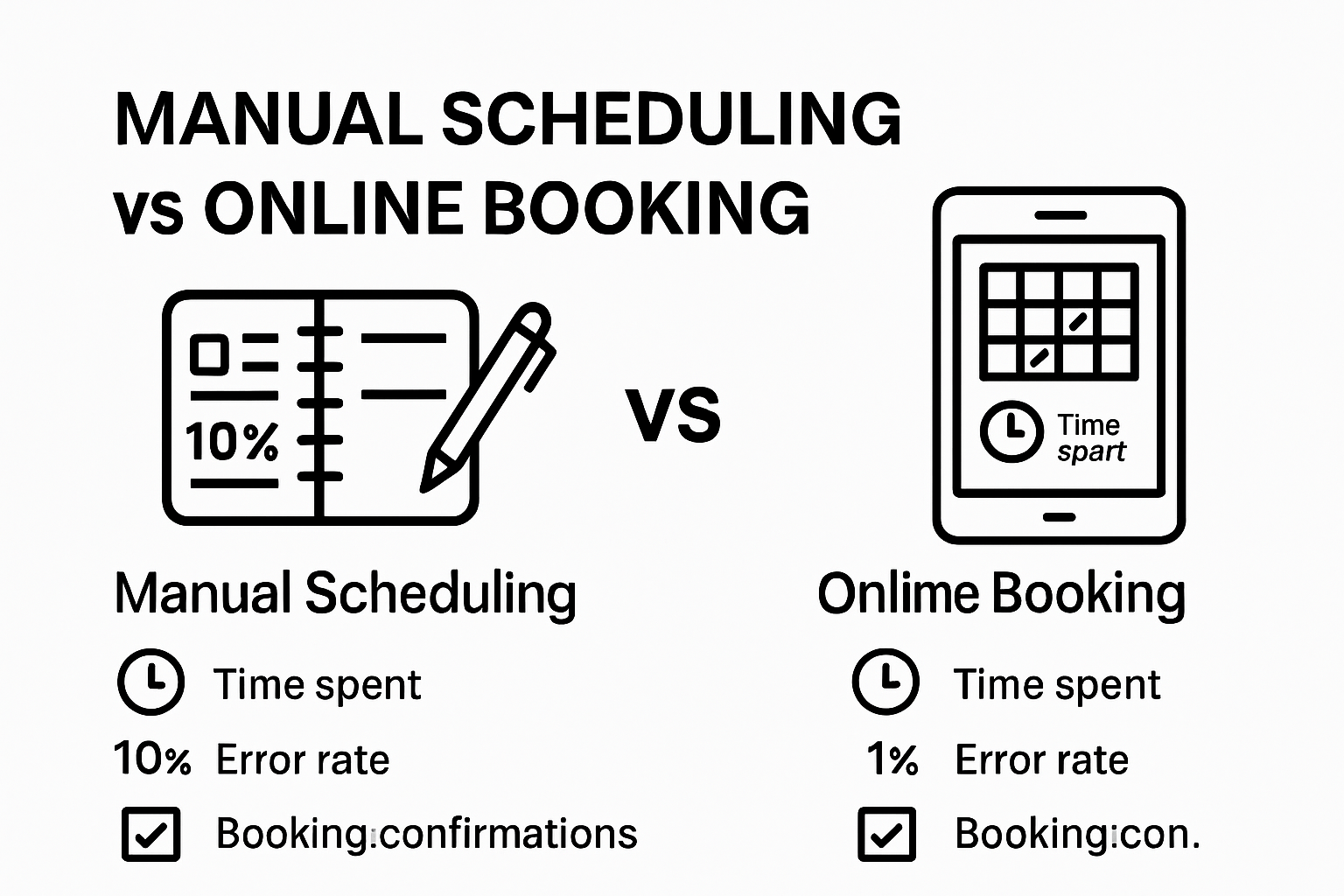
Strategic Business Advantages
Research from UMA Technology reveals significant operational benefits that make digital booking platforms attractive for modern businesses. These systems fundamentally transform how service providers manage client interactions and internal processes.
Key strategic advantages include:
- Reduced administrative time
- Immediate booking capabilities
- Enhanced time management
- Decreased client no-show rates
- Improved revenue forecasting
- 24/7 accessibility for clients
Potential Implementation Challenges
While booking systems offer numerous benefits, businesses must carefully navigate potential technological and operational hurdles. Digital transformation requires comprehensive understanding and strategic planning to mitigate potential risks.
Technological Considerations
Professionals must evaluate critical factors such as technology dependency, potential loss of personal interaction, privacy concerns, and initial implementation costs. The most successful booking systems balance technological efficiency with maintaining meaningful client relationships.
The implementation of online booking systems represents a nuanced decision requiring thorough assessment of both organizational capabilities and client expectations. Wellness businesses must approach these digital tools as strategic investments that enhance operational efficiency while preserving the fundamental human connection at the core of service delivery.
Below is a table summarising the main benefits and potential challenges of implementing online booking systems, as discussed in the article.
| Aspect | Benefits | Potential Challenges |
|---|---|---|
| Operational Efficiency | Reduces administrative workload, streamlines scheduling | Increased reliance on technology |
| Client Experience | Improves satisfaction and engagement through 24/7 access | Possible reduction of personal interaction |
| Financial Performance | Minimises booking errors, enhances revenue tracking | Initial set-up and implementation costs |
| Business Intelligence | Enables improved resource allocation and revenue forecasting | Privacy and data security concerns |
| Convenience | Allows clients to book appointments at any time | Requires careful evaluation of organisational fit |
The Future of Online Booking Systems in Fitness Industry
The fitness industry stands on the brink of a technological revolution, with online booking systems poised to become increasingly sophisticated, personalised, and integrated with emerging digital technologies. These platforms are evolving from simple scheduling tools to comprehensive wellness management ecosystems.
Technological Integration and Innovation
Research from Monash University highlights the transformative potential of emerging technologies in fitness service delivery. The future of online booking systems will likely incorporate advanced technological capabilities that extend far beyond traditional reservation mechanisms.
Anticipated technological developments include:
- Artificial Intelligence personalisation
- Internet of Things (IoT) connectivity
- Predictive health analytics
- Seamless cross-platform integration
- Real-time performance tracking
Wellness Ecosystem Transformation
Online booking platforms are rapidly evolving from transactional interfaces to comprehensive wellness management tools. These systems will increasingly offer holistic solutions that connect scheduling, health tracking, personalised recommendations, and comprehensive client engagement strategies.
Strategic Digital Evolution
The next generation of online booking systems will transcend traditional boundaries, offering intelligent, proactive services that anticipate client needs, adapt to individual wellness journeys, and provide seamless, integrated experiences across multiple digital touchpoints.
The convergence of technological innovation and wellness management represents a profound shift in how fitness professionals interact with clients, manage their businesses, and deliver personalised health experiences.
Transform Your Booking Experience With Classta
If you have ever felt overwhelmed by administrative tasks or lost valuable time juggling schedules and payments, you are not alone. Many fitness instructors face the same frustrations explained in ‘Understanding Online Booking Systems Explained Simply’. The article highlights how manual booking leads to errors, missed revenue, and dissatisfied clients. Imagine having secure payments, member management, and class reminders all handled for you, with no technical knowledge needed.
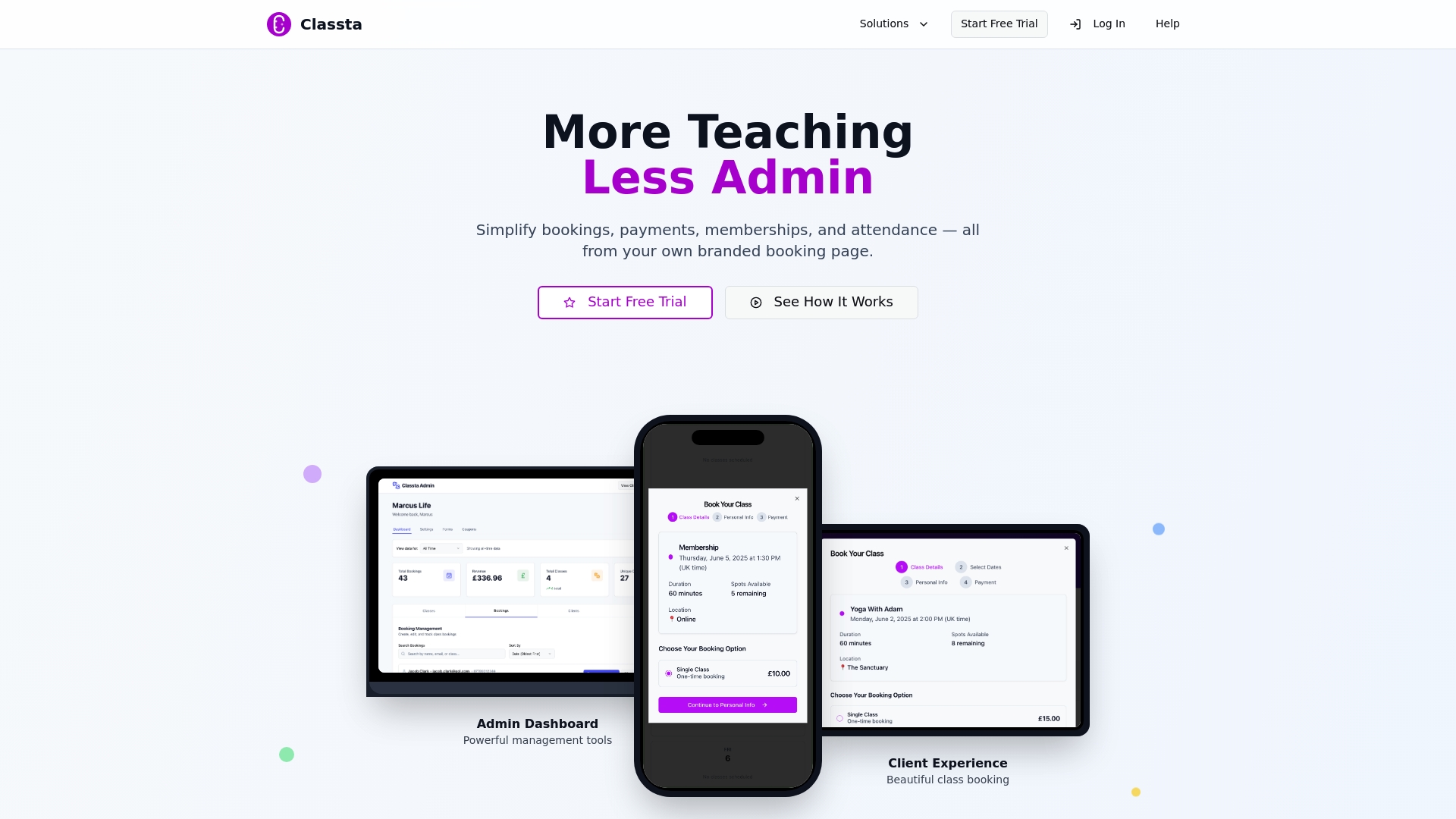
Let Classta show you how simple and stress-free running your class business can be. Our SaaS platform provides user-friendly online booking, automated communications, branded calendars, QR attendance, and secure payment processing with Stripe and PayPal. Do not wait for another missed booking or late payment. Discover the easiest way to grow your class-based business by visiting Classta.co today and experience a truly modern solution to all your booking challenges.
Frequently Asked Questions
What are online booking systems?
Online booking systems are digital platforms that enable businesses and clients to manage reservations and appointments seamlessly through internet-connected devices.
How do online booking systems work?
These systems automate scheduling processes by allowing clients to view available time slots, service options, and pricing, and they generate instant reservation confirmations upon booking.
What are the key benefits of using an online booking system?
Utilising an online booking system can reduce administrative overhead, minimise booking errors, enhance revenue tracking, improve resource allocation, and provide clients with 24/7 accessibility to schedule appointments.
What challenges might businesses face when implementing an online booking system?
Businesses may encounter challenges such as technology dependency, loss of personal interaction, privacy concerns, and the initial costs of implementation, necessitating a careful evaluation of their organisational capabilities.

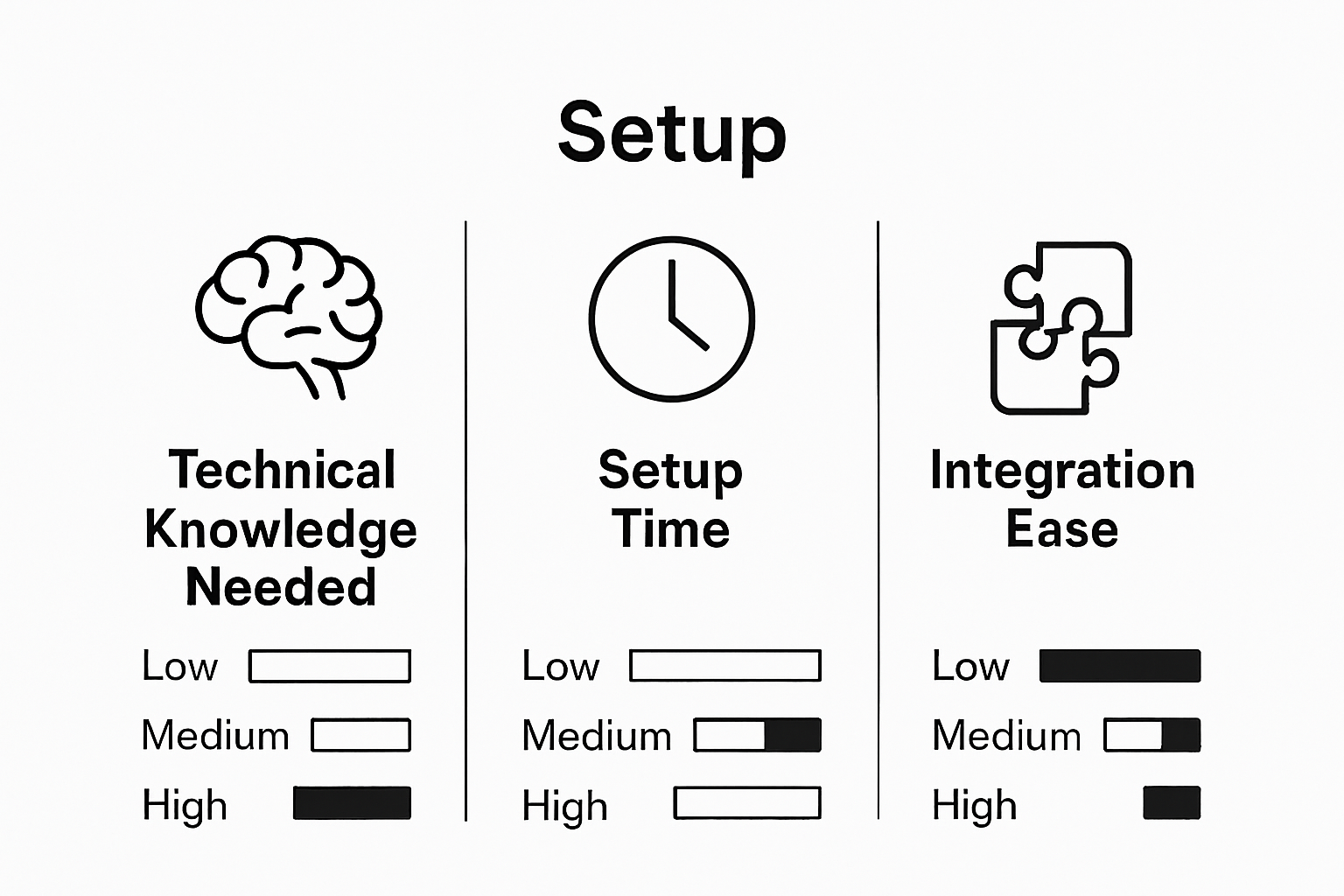

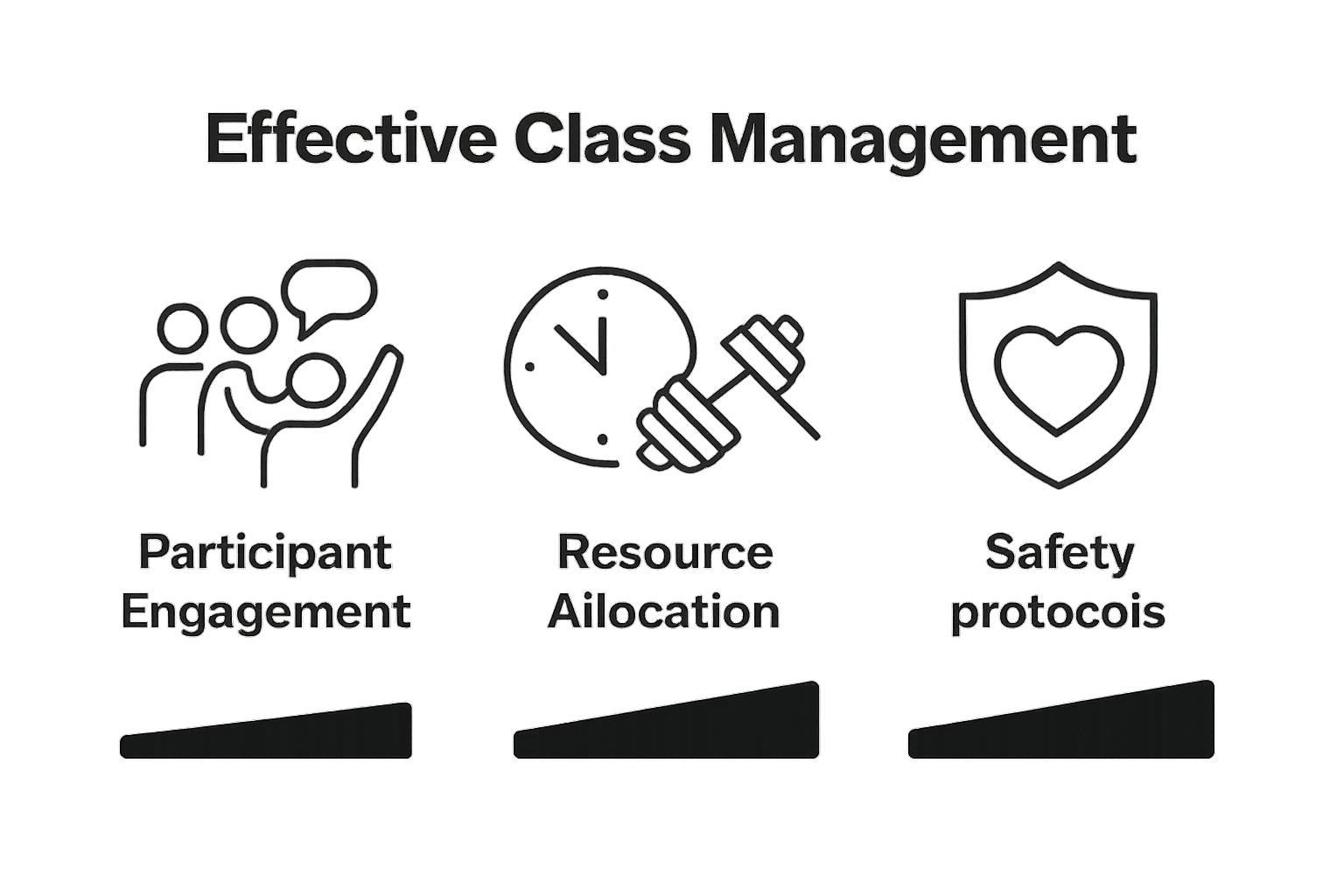 :
:
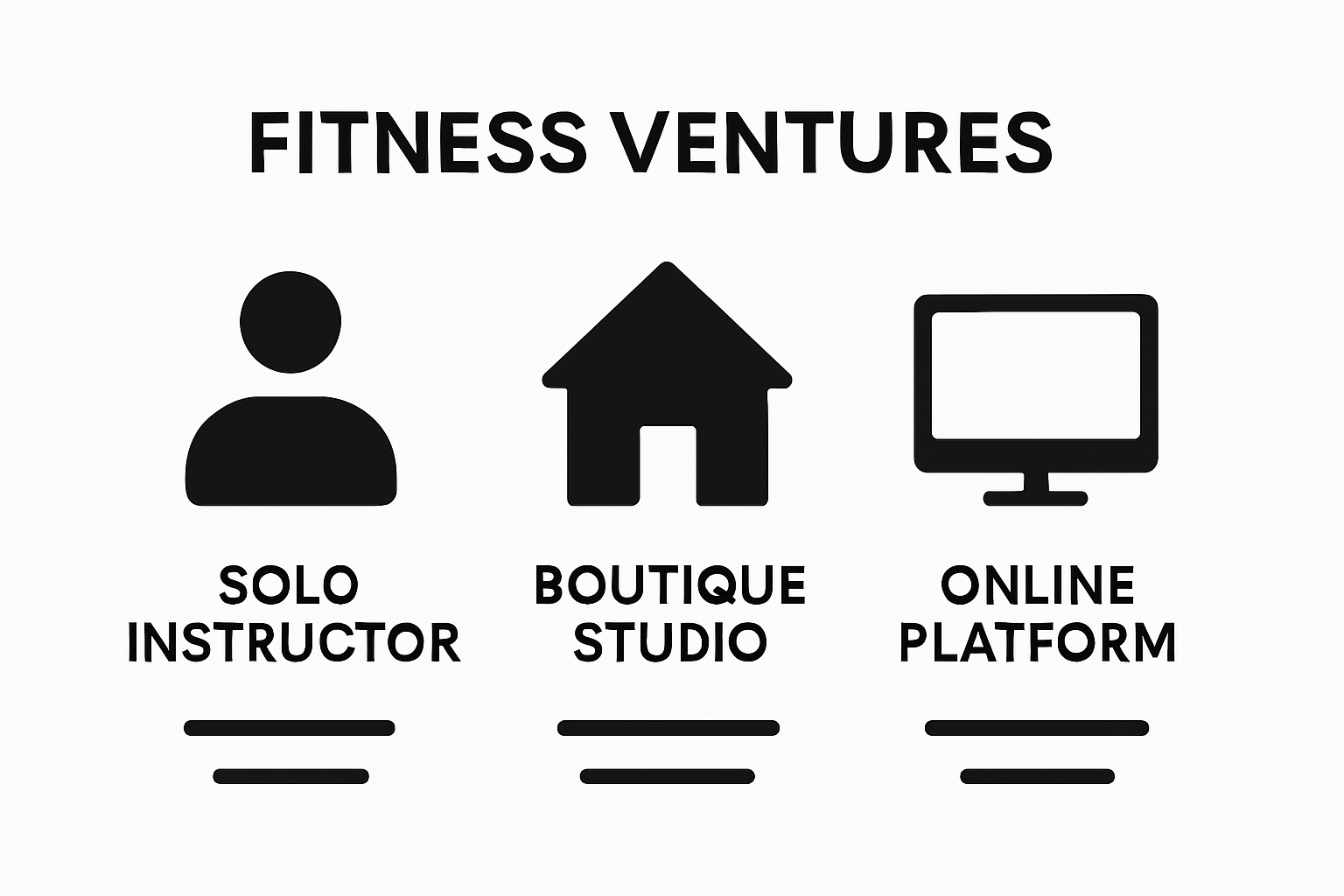


 The ultimate goal is to transform scheduling from a mundane administrative task into a strategic tool for business growth and client satisfaction.
The ultimate goal is to transform scheduling from a mundane administrative task into a strategic tool for business growth and client satisfaction.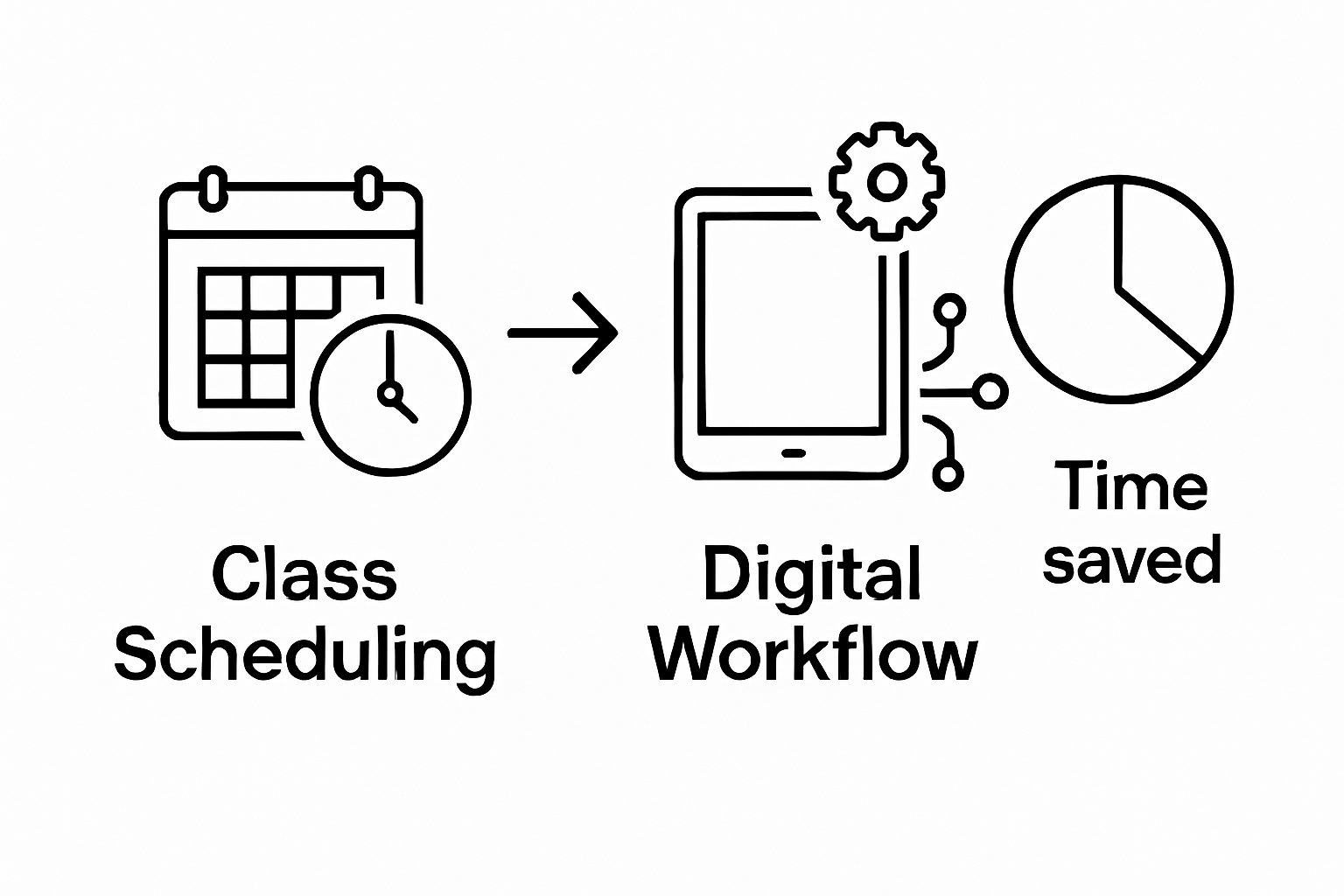

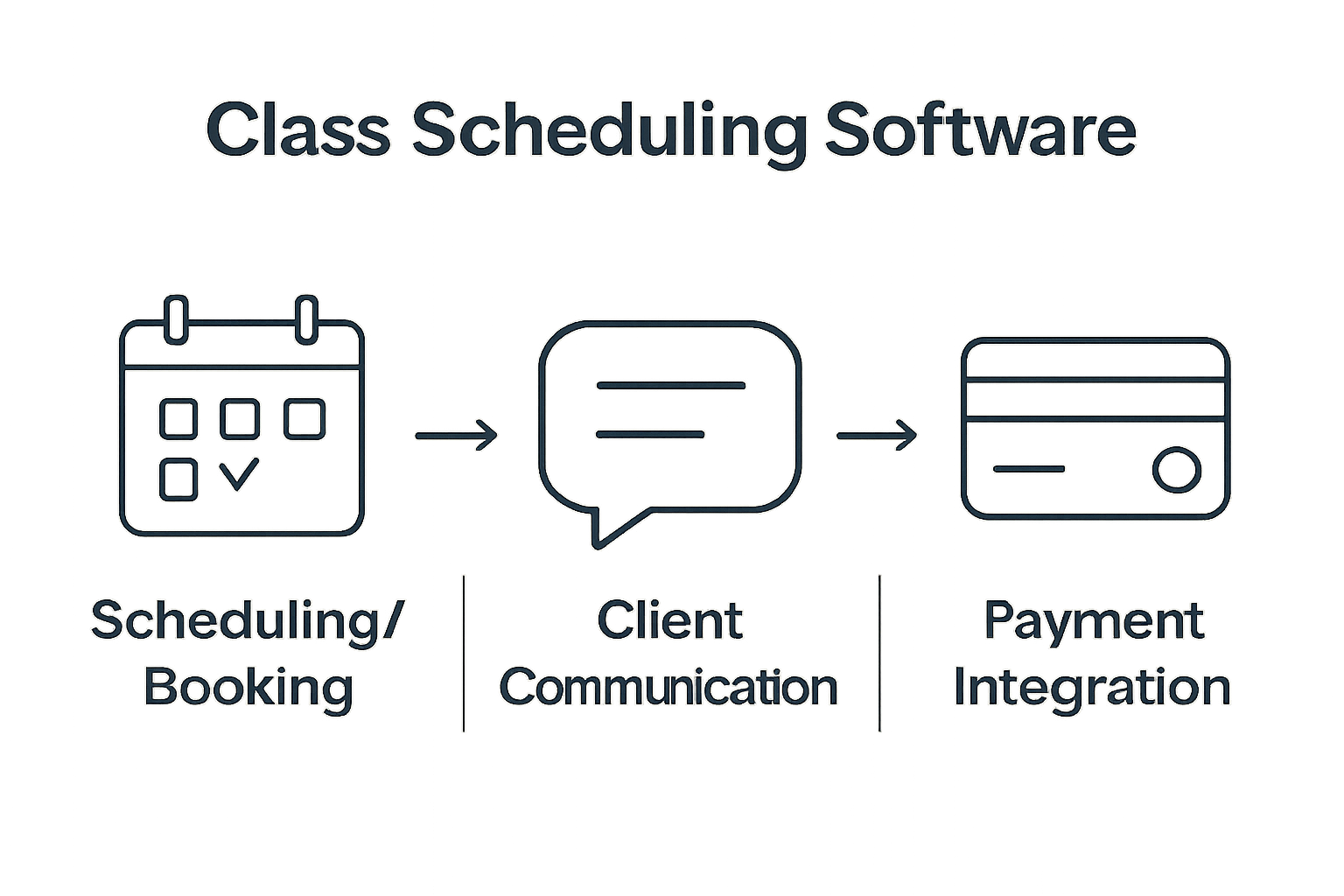
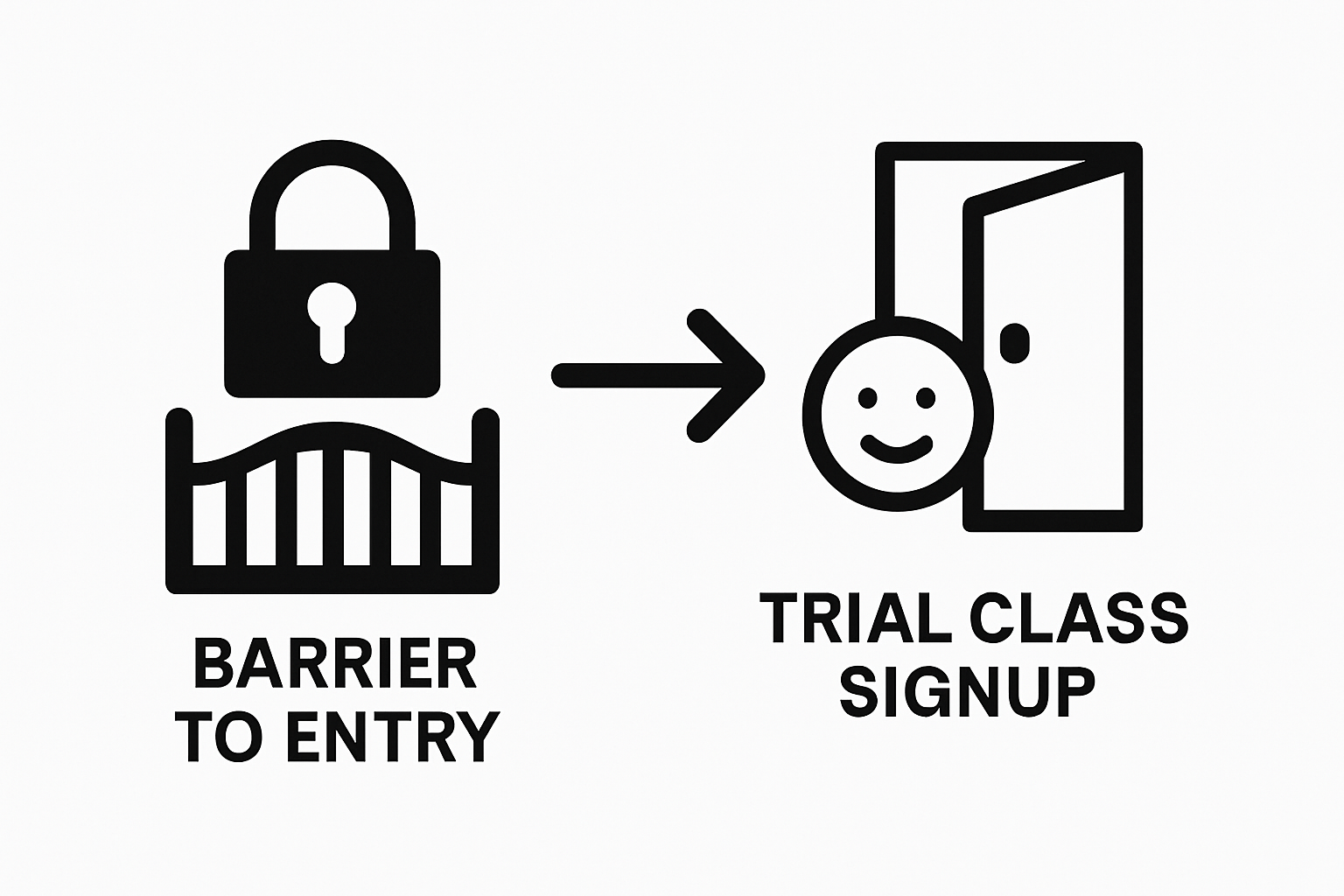 By offering a low-risk, often complimentary or discounted initial experience, instructors create an accessible pathway for potential clients to explore their offerings. According to
By offering a low-risk, often complimentary or discounted initial experience, instructors create an accessible pathway for potential clients to explore their offerings. According to 